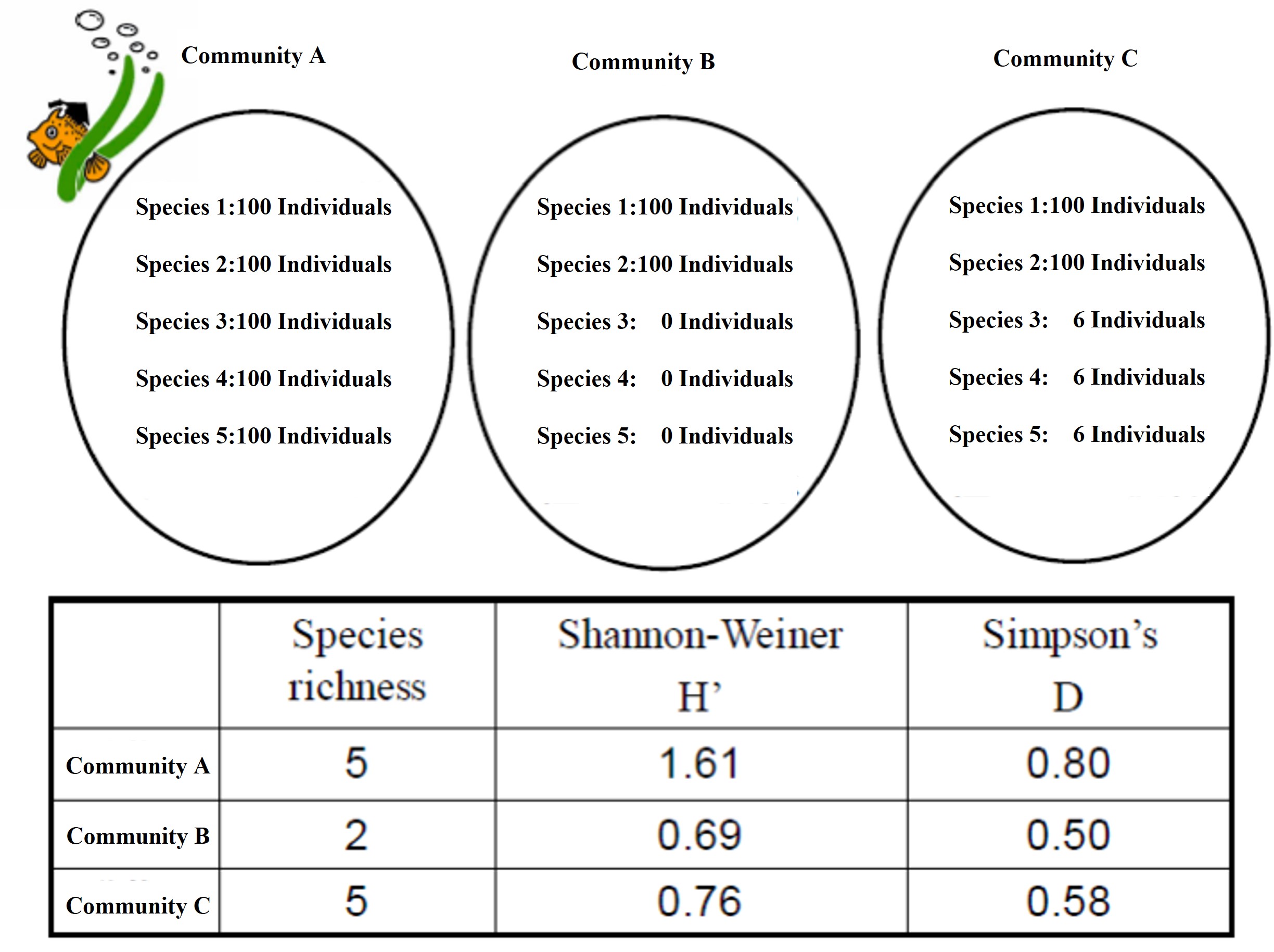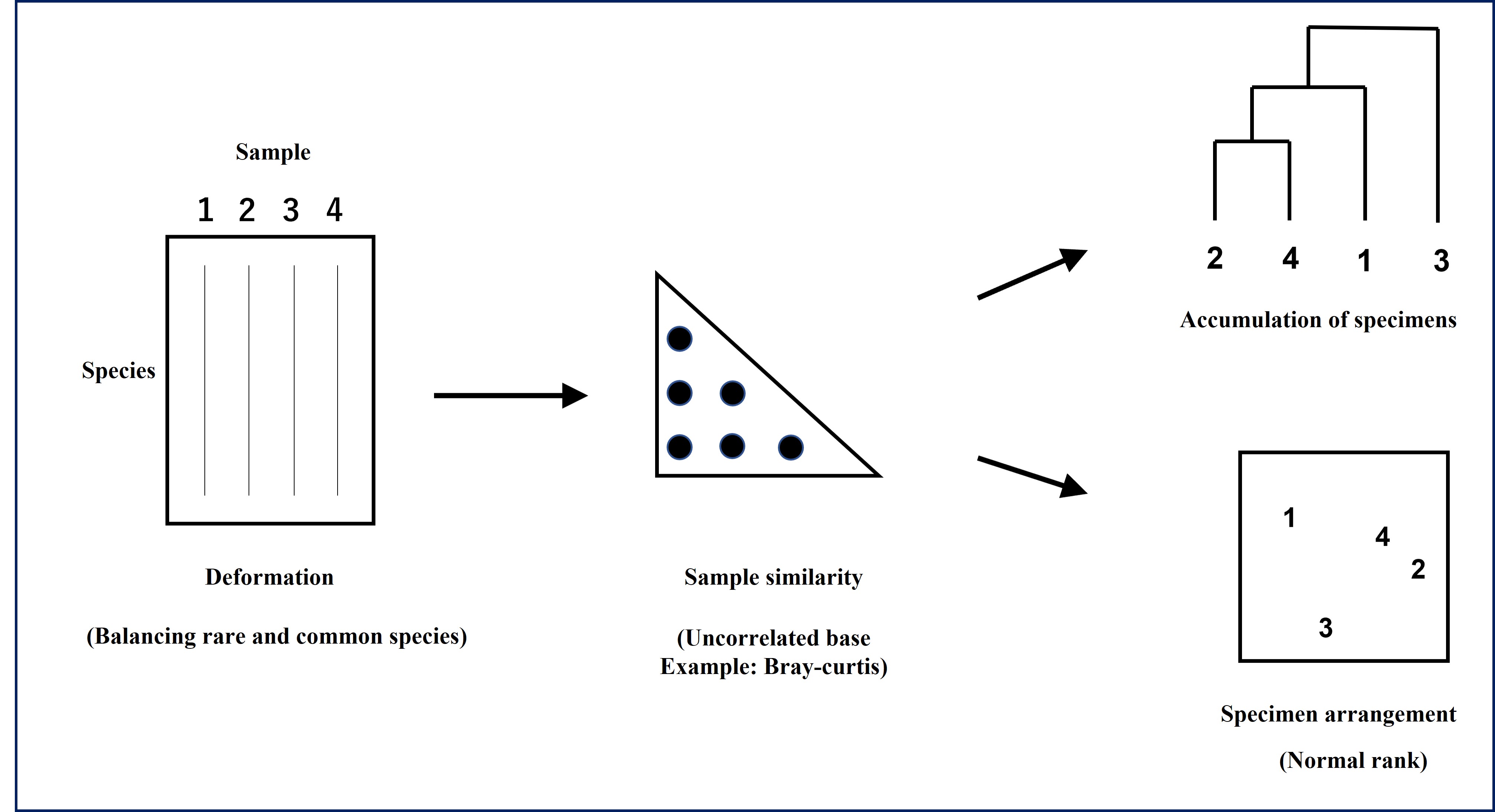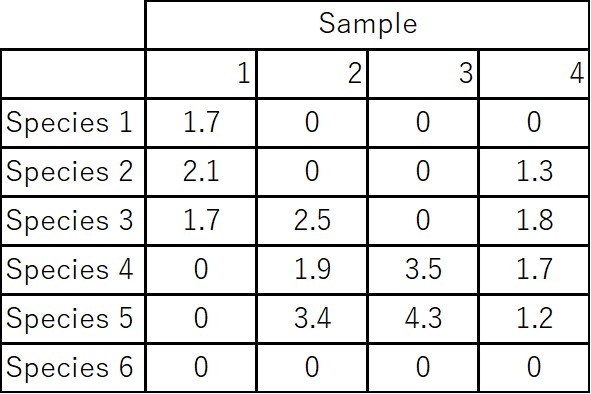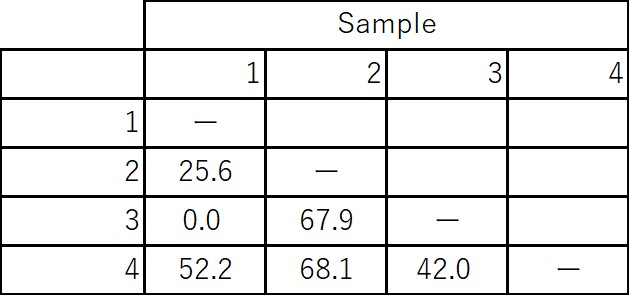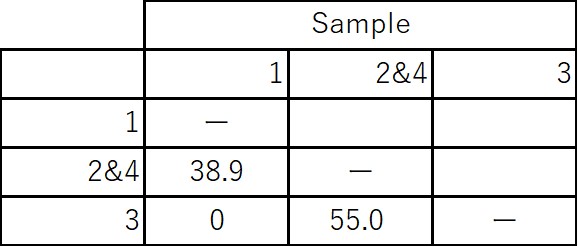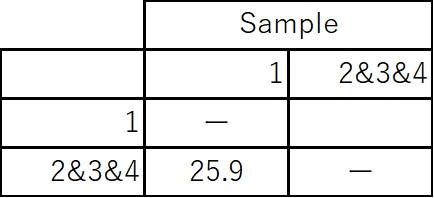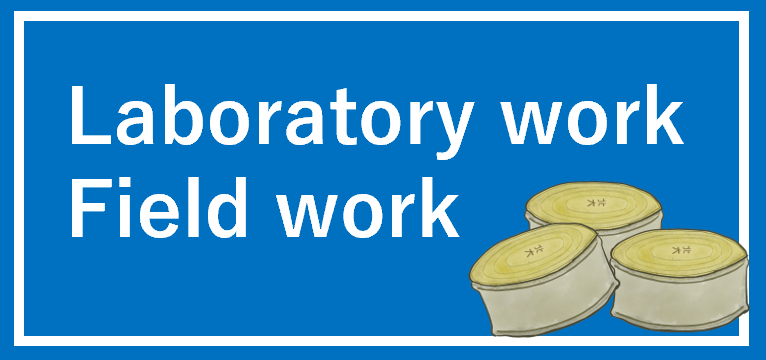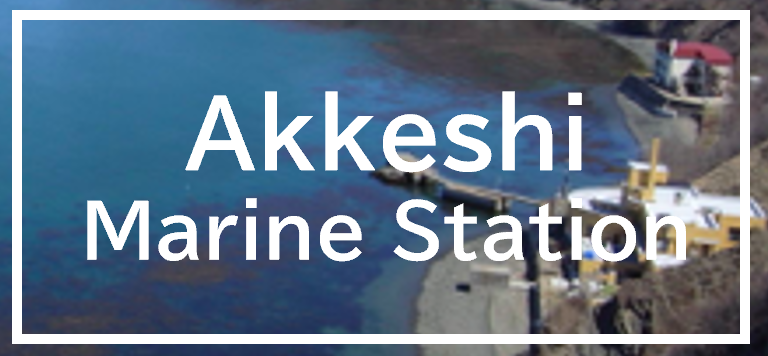【What to prepare】
Outdoors: shovel, large sieve (1 mm mesh), plastic bags (Ziplock), carrying bucket (Toslon), field book (preferably water-resistant), sled net, cooler with ice, box glasses, insect repellent spray, insect repellent net
Laboratory: trays, small sieves, tweezers, petri dishes, filter paper
Data analysis: calculator, laptop computer
【Field survey】
1. In the morning, we will go to the eelgrass beds on the east and north shores of Akkeshi Bay and the north and east shores of Lake Akkeshi by small boats (outboard motors) and cars. We will be divided into 4 groups, each group will take a boat and collect animals in the eelgrass beds by sled net.
2. While waiting on the boat, we will observe eelgrass species on the tidal flat portion of the eelgrass bed. A detailed explanation will be given at the site.
【Indoor work】
3. After returning to the laboratory, sorting is done to separate organisms into taxonomic groups and count the number of individuals. Identification of taxonomic groups will be made to the point where they can be recognized by external morphology, using pictorial books or other sources.
4. Based on the data obtained, we will statistically analyze the variation and similarity of the species diversity of animals in the eelgrass bed (see documents below).
5. If you have time to spare, dissect and examine the stomach contents of typical fish and shrimp species. Based on this, I will try to draw a diagram of the food web in the eelgrass beds.
6. Based on these results, we will discuss what factors influence and determine the community structure and food web of eelgrass beds.

